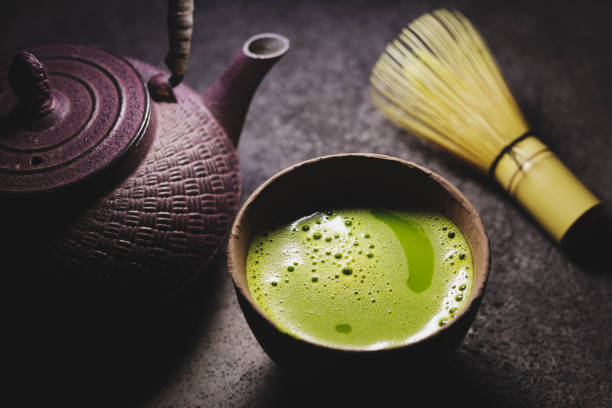Matcha, the finely ground powder made from specially grown green tea leaves, has gained global popularity not only for its vibrant green color but also for its unique flavor profile. Whether you’re a tea enthusiast or a newcomer to Japanese tea culture, understanding what matcha tastes like is essential to fully appreciating this traditional beverage.
The Flavor Profile of Matcha
The taste of matcha is complex and can vary depending on quality, preparation, and the region where the tea leaves were grown. Generally, matcha has a combination of:
- Umami: A savory richness that defines high-quality matcha. This creamy, full-bodied flavor sets matcha apart from regular green tea.
- Bitterness: A mild, natural bitterness balances the sweetness and richness. Premium matcha has smoother bitterness, while lower grades may taste astringent.
- Sweetness: Subtle natural sweetness, especially in ceremonial-grade matcha, enhances the overall flavor experience.
- Earthiness: Some matcha varieties carry vegetal or earthy notes reminiscent of fresh greens, adding depth and complexity.
Factors Affecting Matcha’s Taste
Several elements influence how matcha tastes:
- Grade of Matcha:
- Ceremonial Grade: Smooth, slightly sweet, and rich in umami, perfect for traditional tea ceremonies.
- Culinary Grade: Stronger flavor, ideal for lattes, smoothies, and desserts.
- Ceremonial Grade: Smooth, slightly sweet, and rich in umami, perfect for traditional tea ceremonies.
- Water Temperature and Preparation:
Water that is too hot can make matcha overly bitter. Ideally, whisk matcha with water around 160–175°F (70–80°C) for optimal flavor. - Origin and Cultivation:
Matcha from regions like Uji or Nishio in Japan often has a sweeter and more delicate flavor, thanks to shading techniques that enhance umami.
Matcha in Beverages and Culinary Uses
Matcha is highly versatile, and its taste can vary depending on preparation:
- Traditional Matcha Tea: Whisked with water, it delivers a creamy, umami-rich flavor.
- Matcha Latte: Blending matcha with milk softens bitterness and highlights sweetness.
- Smoothies and Desserts: Adds earthy, slightly sweet flavors, pairing well with chocolate, fruit, or cream.
If you’re exploring different matcha recipes or want guidance on selecting the right grade, The Digital Weekly provides helpful tips and guides for tea enthusiasts.
Why People Love Matcha
Matcha captivates tea lovers worldwide because of its refreshing and energizing taste. Beyond flavor, matcha contains antioxidants, L-theanine for calm alertness, and moderate caffeine levels for sustained energy. Many enthusiasts describe drinking matcha as a mindful experience, engaging the senses with its bright green color, creamy texture, and layered taste.
Tips to Enjoy Matcha at Home
- Use high-quality matcha powder for the best flavor.
- Whisk with water at the correct temperature to avoid bitterness.
- Experiment with recipes — from traditional tea to lattes or desserts — to discover how matcha’s taste adapts.
- Store matcha in a cool, dark place to preserve its freshness.
Conclusion
So, what does matcha taste like? It is a complex, layered flavor — a harmonious blend of umami, subtle sweetness, mild bitterness, and earthy undertones. Whether you enjoy it as a traditional tea or in modern recipes like lattes and desserts, matcha offers a unique sensory experience.
For detailed guides, recipes, and tips on enjoying matcha, you can explore The Digital Weekly — your go-to source for food, beverage, and lifestyle insights.





Leave a comment